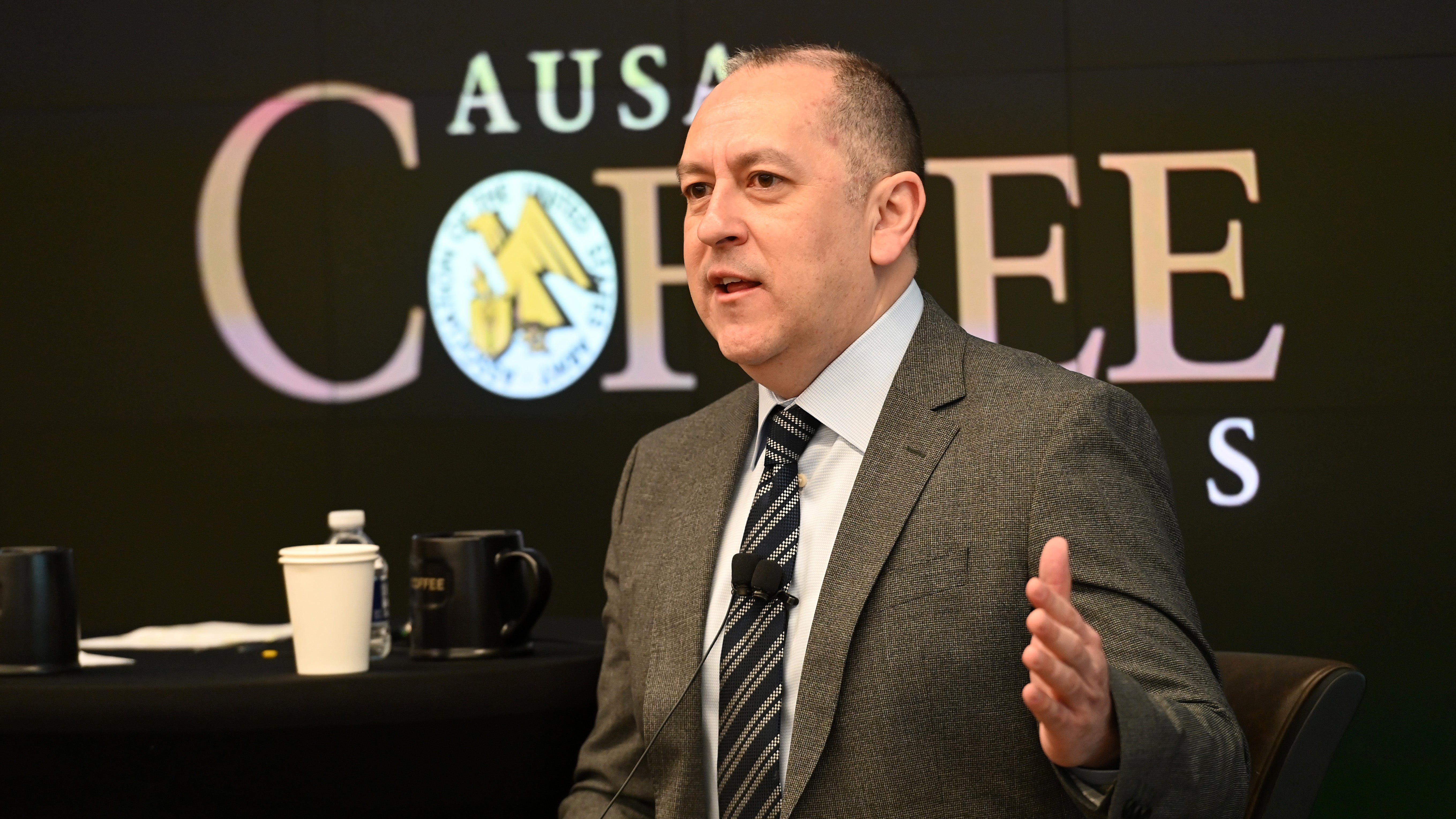Recruiting is Army’s Biggest Challenge
Recruiting is Army’s Biggest Challenge

An almost flat 2024 Army budget will not prevent considerable progress in critical initiatives like improving recruiting and transforming capabilities, Army Undersecretary Gabe Camarillo said April 11.
Speaking at an Association of the U.S. Army Coffee Series event, Camarillo talked about the challenge of introducing the Army as an “enduring employer of choice,” as well as about overdue efforts to improve installations, infrastructure and housing, and expanding warfighting capabilities, an area where much progress is being made.
Improving living and working conditions was not a high priority during the two decades the Army was fighting in Iraq and Afghanistan. This work is overdue, and it’s a critical priority as a small part of the larger recruiting challenge because it will help attract and retain soldiers and their families, Camarillo said.
The Army’s effort in this area is part of much larger marketing and recruiting efforts, he said. “There is no part of the Army that isn’t actively engaged in confronting the recruiting challenge,” Camarillo said.
Part of the focus is collaborating with school districts, he said, and trying to stress the opportunities available in the Army. “The reality is you can do virtually anything in the Army, regardless of what your career aspirations are. We give you an opportunity to accelerate your career in a variety of areas,” he said, adding that the Army hopes to make this a special emphasis to service-aged youth, their families, educators and mentors.
“It is hard to tell how it is going to land, but the important thing is we are doing everything we can,” Camarillo said about the Army’s recruiting initiatives. “This is not a one-year or two-year challenge,” he said, nor is it an Army-only issue, noting that the other services face similar problems.
The future force is the Army’s central focus, and the service is looking to field new capabilities as initiatives take shape. “We are really excited about it,” Camarillo said.
The Army’s eyes are also on the future, looking at how it’s organized, warfighting concepts and cooperation throughout the joint force. Camarillo said he expects these decisions will require adaptation over time, particularly as technologies and threats evolve.
However, the Army can’t do everything at once because budgets are limited. “I think the Army always has to make tradeoffs and choices,” Camarillo said. “We put together the best budget that we can, emphasizing the priorities we have.”

